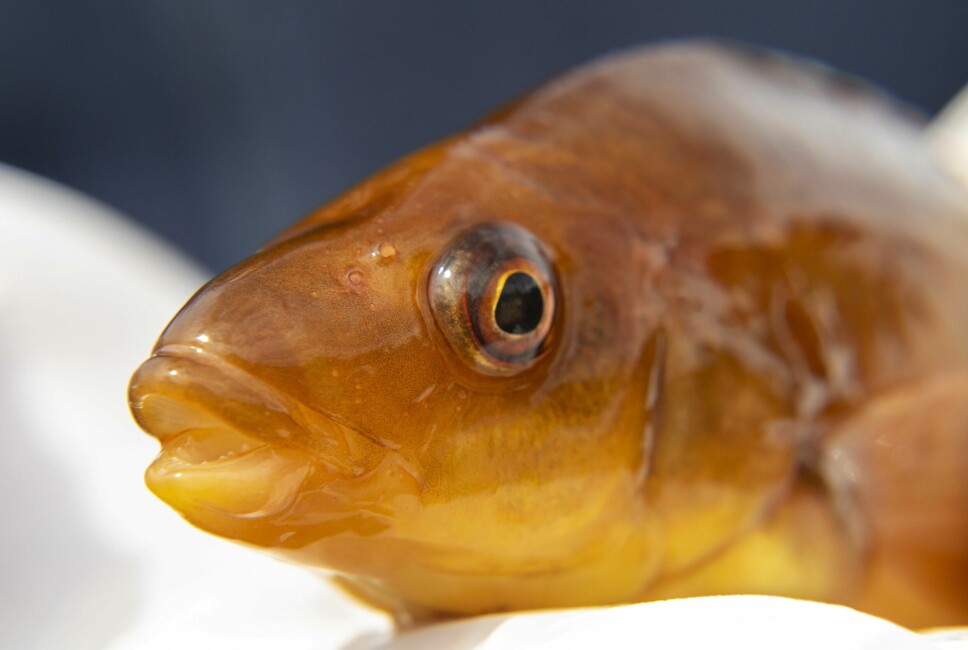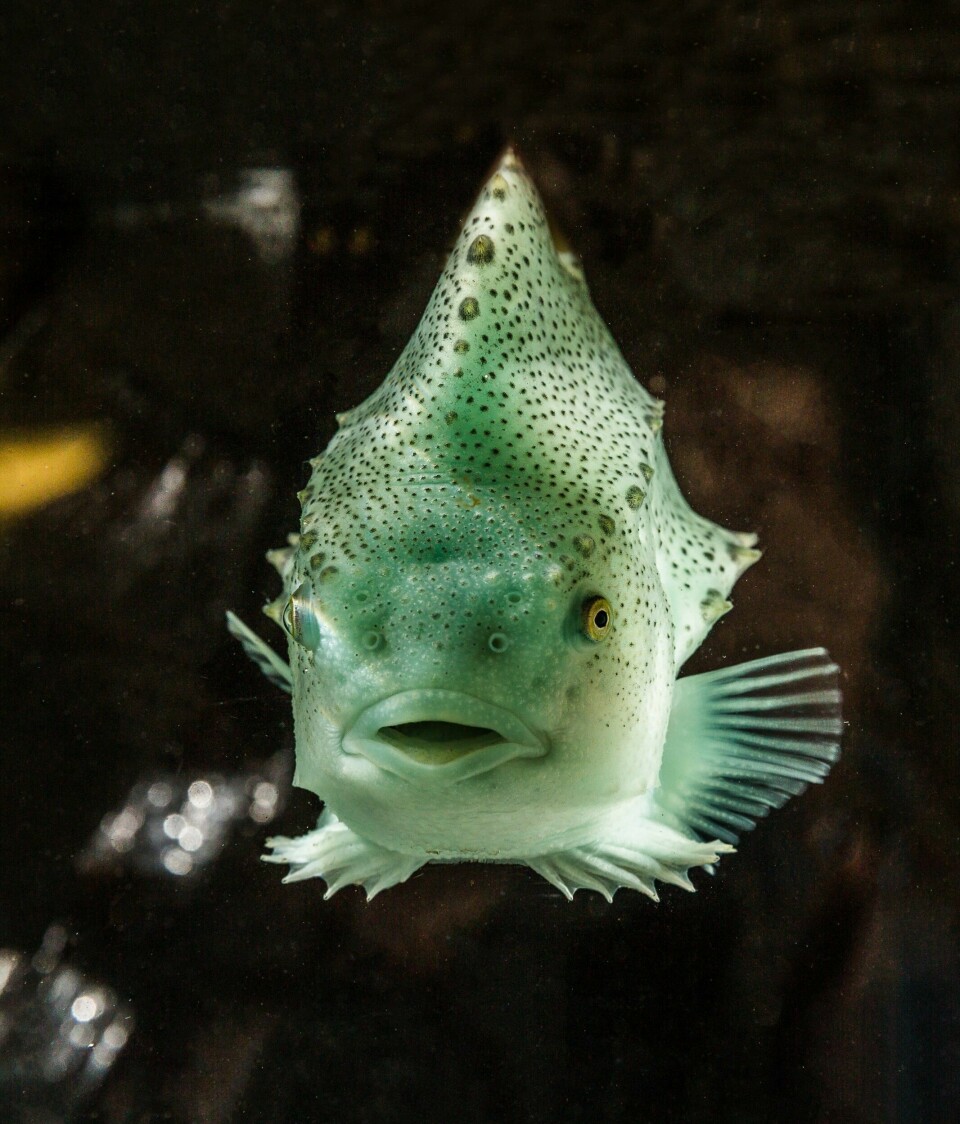
Keeping an eye out for the best cleaner fish
Video and artificial intelligence are to be used to identify lice-eating traits in wrasse and lumpfish and pick the most suitable candidates for breeding
A new video tool will reveal the best breeding candidates for cleaner fish, which are used as a biological control of sea lice in salmon farms.
The project in Scotland will look at the best ways to identify high-performing ballan wrasse and lumpfish using artificial intelligence (AI) and imaging technology.
It is being led by Stirling University’s Institute of Aquaculture (IoA), Swansea University, and cleaner fish breeder Otter Ferry Seafish, and has received funding from the Sustainable Aquaculture Innovation Centre (SAIC). The research will be supported by salmon farmers Loch Duart and Bakkafrost Scotland, Mowi Scotland’s cleaner fish subsidiary Ocean Matters, and Visifish, a machine vision company.
Bolder is better
A previous SAIC-funded study proved that bolder ballan wrasse are likely to be a better fit for the job of picking sea lice from salmon. The bolder fish showed no hesitation when presented with foreign objects in their tanks, and the research team is now exploring how to use this type of test at a commercial scale.

The first stage of the project involves categorising the different traits – such as boldness, shyness, social interaction and even aggression – and seeing how the range of personalities perform at eating the lice attached to salmon. Insights will then be integrated with imaging technology, which could be widely used by seafood producers to routinely monitor behaviour and welfare of cleaner fish.
There will also be a group challenge with researchers monitoring how ballan wrasse and lumpfish with different personalities respond in social groups.
Parental selection
Dr Adam Brooker, research fellow in aquatic animal behaviour at the IoA, said: “We produce cleaner fish for a specific job, so it makes sense to develop an appropriate selection process based on the different personality traits we know can influence delousing. With this new information, we can modify the rearing environment to encourage delousing behaviour and select good delousers for breeding future generations.
“Being able to identify the best delousers, based on behaviour, could lead to significant improvements in the health and welfare of salmon and a reduction in the number of cleaner fish used. Seeing how cleaner fish behave when cohabiting will also help us understand how these fish interact with each other so we can account for this once they are integrated into producers’ sites.”
With a new standardised personality test, the fish most likely to be the best at removing sea lice from salmon can be identified for future breeding programmes. The results of the project will also be used to adapt hatchery procedures and the rearing environment to encourage juvenile cleaner fish develop the desired traits.
Field trials
Field trials are expected to take place next year with the camera system tested with current cleaner fish populations at Loch Duart and Bakkafrost Scotland sites.
Dr Eduardo Jimenez Fernandez, R&D manager at Otter Ferry Seafish, said: “So far, the research points towards bold cleaner fish being better delousers. However, the data is limited, and a more robust model is needed for categorising and identifying such personality traits. This project combines global behavioural expertise and will provide valuable information that could guide future selective breeding programmes.”
SAIC chief executive Heather Jones said: “Studying the behaviour of cleaner fish is providing a new and interesting take on how the sector cares for and uses ballan wrasse and lumpfish to the best of their abilities.
“Different personalities are naturally better suited to different jobs among humans, so it is fascinating to see the same is true of these species. Building on previous SAIC-backed research and further combining academic and sector expertise, the development of new camera-based technology could be transformational for the sector’s approach to using cleaner fish.”






















































